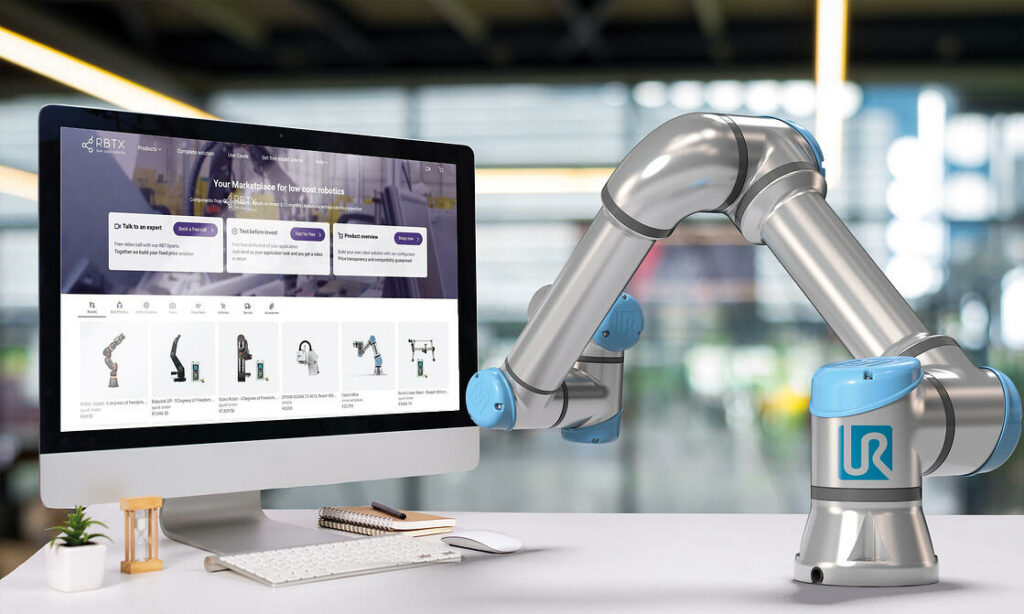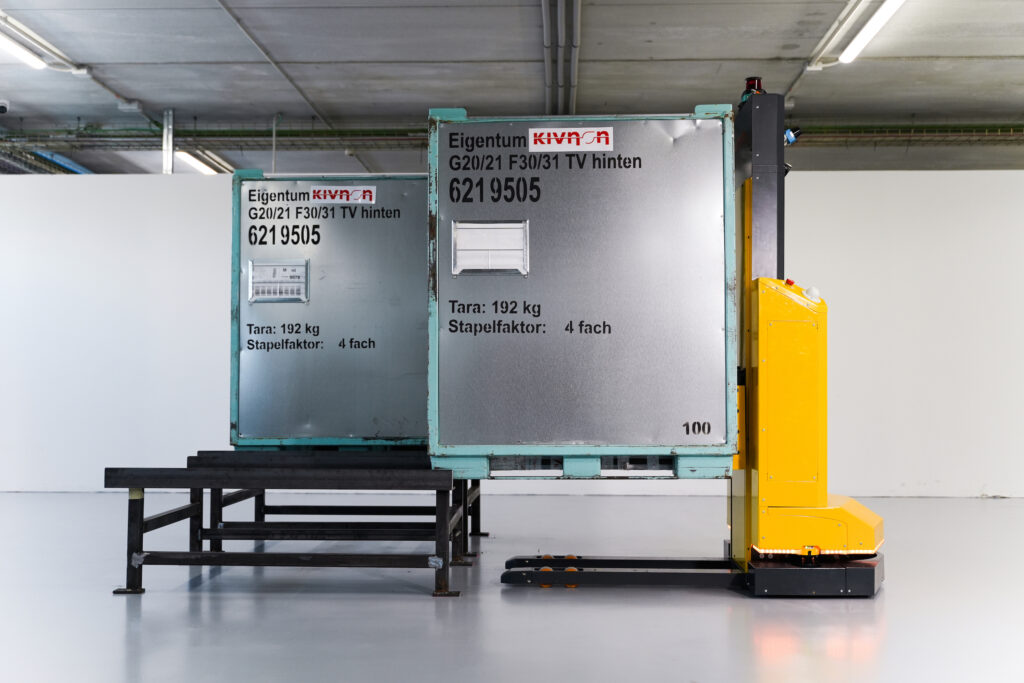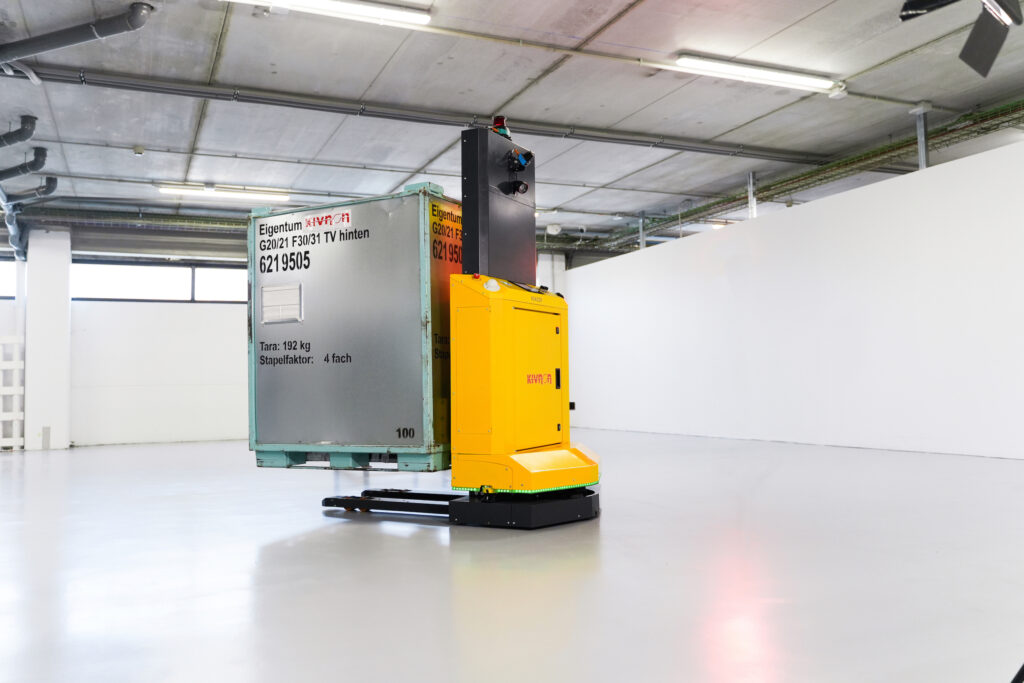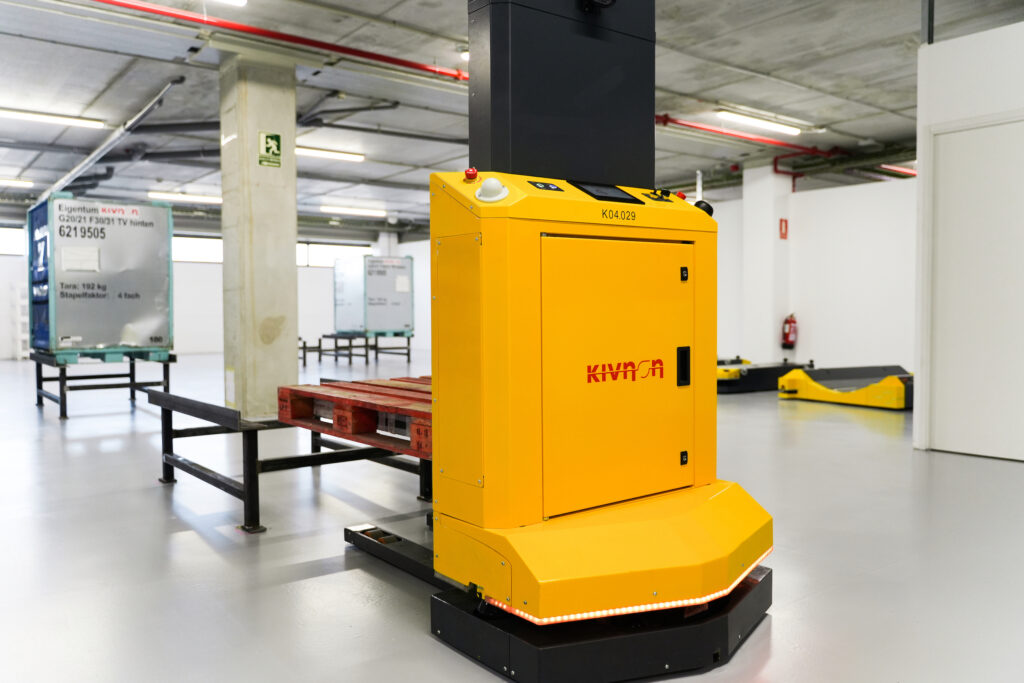Wussten Sie, dass es tatsächlich eine Milchschokolade gibt, in der die Verlangen aller vereint sind? Die köstlichsten Wünsche von mehr als einer Million Schokoladenliebhabern wurden mithilfe von künstlicher Intelligenz ausgewertet, um eine Schokolade zu kreieren, die allen schmeckt. Zur Erfüllung der Bedürfnisse und in Reaktion auf steigende Gesundheitsprobleme wurde die Milchschokolade der Zukunft mittels einer einzigartigen Milchpulverlösung kreiert. „The Bar“ ist ein Milchschokoladenkonzept, das die sich ändernden Vorlieben der Schokoladenliebhaber vereint und dabei 30 % weniger Zucker enthält.

Da Milch die Hauptzutat von Schokolade ist, hat sich das finnische Molkerei- und Lebensmittelunternehmen Valio bei der Präsentation des Geschmacks der Zukunft künstliche Intelligenz zunutze gemacht. Die Rezeptur einer neuen von Menschen kreierten Milchschokolade mit dem Namen „The Bar“ basiert auf der KI-Analyse der Gedanken, Verlangen und Geschmacksvorlieben von Milchschokoladenliebhabern auf der ganzen Welt. Valio entwickelte das Zukunftskonzept gemeinsam mit den lokalen Chocolatiers des Unternehmens Kultasuklaa, das heißt auch, dass Valio nicht auf die Herstellung von Schokolade umgestellt hat. „The Bar“ ist ein Nachweis dessen, was die Milchpulverlösung eines Molkereiunternehmens erzielen kann und wie die Zukunft der Milchschokolade aussehen könnte.
„Die Bedürfnisse und Vorlieben der Milchschokoladenliebhaber weltweit befinden sich im Wandel. Ein zunehmendes Bewusstsein für Gesundheitsprobleme wirkt sich auf die Süßwarenindustrie aus und Regierungen weltweit regulieren bereits die Verwendung und den Konsum von Zucker. Dank unserer Valio Bettersweet™-Lösung bleibt der Geschmack gleich, trotz reduzierten Zuckeranteil,” sagt Valios Senior Vice President Timo Pajari.
Die Pionierarbeit in der Milchindustrie erfordert kontinuierliches Lernen, wie Technologie in der Produktentwicklung von Milchbestandteilen genutzt werden kann. Vergangenes Frühjahr hat das Unternehmen mithilfe von künstlicher Intelligenz mehr als 1,5 Millionen öffentliche Diskussionen über Milchschokolade in den sozialen Medien aus der ganzen Welt analysiert und hunderte von Menschen zu Ihren Vorlieben bezüglich Schokolade befragt. Die KI wurde von dem finnischen Unternehmen Aiwo Digital in Zusammenarbeit mit dem Consumer Insight-Team von Valio entwickelt.
„Wir wollten die köstlichsten und verborgensten Verlangen von Milchschokoladenliebhabern aufdecken. Durch die Kombination von KI-Fähigkeiten, menschlichem Handwerk und unserem Know-how im Bereich Milchpulver konnten wir die Schokolade der Zukunft kreieren. Die Beobachtungen und Auswertungen von Unterhaltungen auf sozialen Medien haben es uns ermöglicht, Rückschlüsse auf authentische Verbrauchervorlieben zu ziehen”, sagt Pajari.
Fünf unterschiedliche Schichten für unterschiedliche Verbraucherverlangen
Die Ergebnisse zeigten leise Signale und aufkommende Milchschokoladen-Trends mit zwei wichtigen Schlussfolgerungen. Erstens gibt es keine einzige Lieblingsschokolade bezüglich Geschmack, Füllung oder Größe, da Verbraucher unterschiedliche Milchschokoladen in unterschiedlichen Situationen genießen möchten. Zweitens möchten Verbraucher sich Milchschokolade mit gutem Gewissen gönnen. Der Geschmack und die Süße sind sehr wichtige Faktoren, allerdings wünschen Verbraucher gleichzeitig eine gesündere Milchschokolade, die auf natürliche Weise weniger Zucker enthält.
Die Rezeptur für eine gesündere Traumschokolade basiert auf den Ergebnissen der KI: fünf unterschiedliche Schokoladensorten mit weniger Zucker. Jede Schokolade unterscheidet sich in Geschmack und Textur, um den unterschiedlichen Verbraucherverlangen zu entsprechen: Hunger, Verlangen, Entspannung oder Freude. Von Biss zu Biss werden neue Empfindungen aufgedeckt und bauen schrittweise aufeinander auf. Das von professionellen Designern entworfene topografische Design der Tafel ermöglicht es, dass die Schichten leicht voneinander getrennt werden können, um sie dann zum richtigen Zeitpunkt genießen zu können.
„Die Schokoladensorten bilden eine neue Alternative zu den herkömmlichen Pralinenschachteln, in der unterschiedliche Schokoladensorten kombiniert werden, anstatt diese voneinander getrennt zu halten. Jede Milchschokoladenschicht ist für unterschiedliche Situationen im Leben gedacht. Neben dem einfachen Milchschokoladengeschmack sind die anderen Schichten mit Nüssen, Kokosnuss und Keks-Crunch versehen“, erklärt Pajari.
Die Milchschokolade der Zukunft hat 30 % weniger Zucker bei gleichem Geschmack
Um dem wachsenden Bedürfnis für gesündere und natürliche Milchschokolade gerecht zu werden, enthält „The Bar“ 30 % weniger Zucker als herkömmliche Schokolade und ist zudem laktosefrei. Erzielt wird dies durch die Verwendung von der Valio Bettersweet™-Lösung, die weder den süßen Geschmack noch die Textur der Milchschokolade verändert.
Die Milchpulver-Lösung Valio Bettersweet™ ermöglicht eine natürliche Zuckerreduzierung in jedem Milchschokoladenprodukt, indem sie die Proteine der Milch nutzt und dadurch den Bedarf an zugesetztem Zucker reduziert. Die 30-prozentige Zuckerreduzierung ist nur der Anfang, Valio arbeitet bereits an Lösungen, die das Zusetzen von Zucker vollständig überflüssig machen.
„Wir sehen, dass die Milchschokolade der Zukunft weniger Zucker und nur natürliche Bestandteile enthält, ohne dabei dem bekannten Geschmack zu schaden. Das Konzept „The Bar“ demonstriert, wie unsere Bettersweet™-Milchpulverlösung genau das erzielt; wir können jedoch auch KI nutzen, um noch bessere Produkte für die sich ändernden Bedürfnisse und Wünsche der Verbraucher zu schaffen. Wo auch immer sich die Zukunft der Schokolade abspielen wird, mit Valio Bettersweet™ werden immer bessere Ergebnisse erzielt”, so Pajari.
Erfahren Sie auf Valios Webseite mehr über „The Bar“, das natürliche Rezept, den großartigen Geschmack sowie über das funktionelle futuristische Konzept.

















